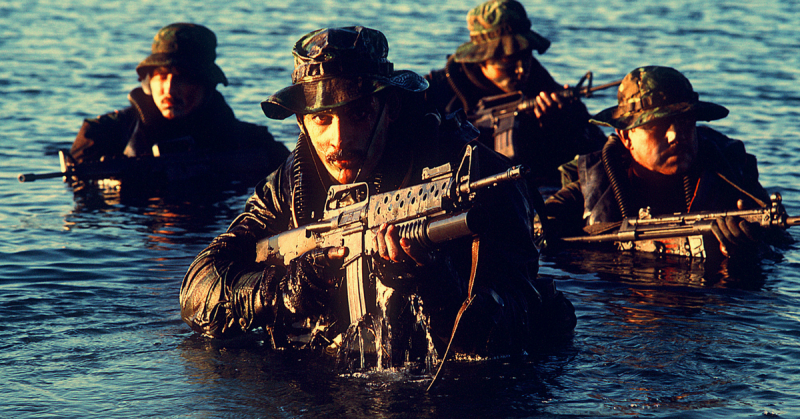When the mission is close to impossible, and drastic measures are needed to get crucial things done in the face of huge odds, this set of agile folks are duty-bound to step up to the plate and see it through. That’s why they’re called Special Forces.
Special Forces is a military unit specially organized, equipped with unconventional equipment and tactics, and trained for special operations. Special Forces have played an essential role throughout the history of warfare.
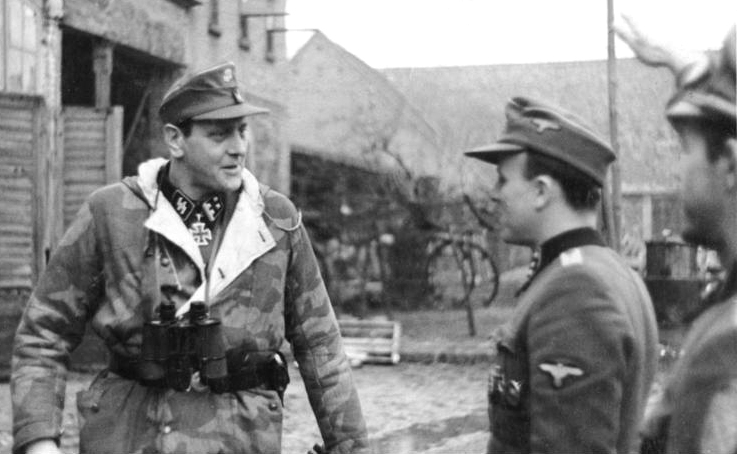
They perform a number of functions such as hostage rescue, counter-terrorism, air-borne/waterborne operations, covert ops, high-value targets, reconnaissance, direct action, and unconventional warfare.
https://youtu.be/eGFLLup-fvE
A Special Forces soldier is the result of sometimes years of intense physical and psychological training. They are equipped with the skills to survive in the toughest conditions, all while achieving their objectives.
Several Special Forces exist all around the world, and every one of them is extremely crucial. Here, we’ll take a look at some of the more popular Special Forces programs in the world.
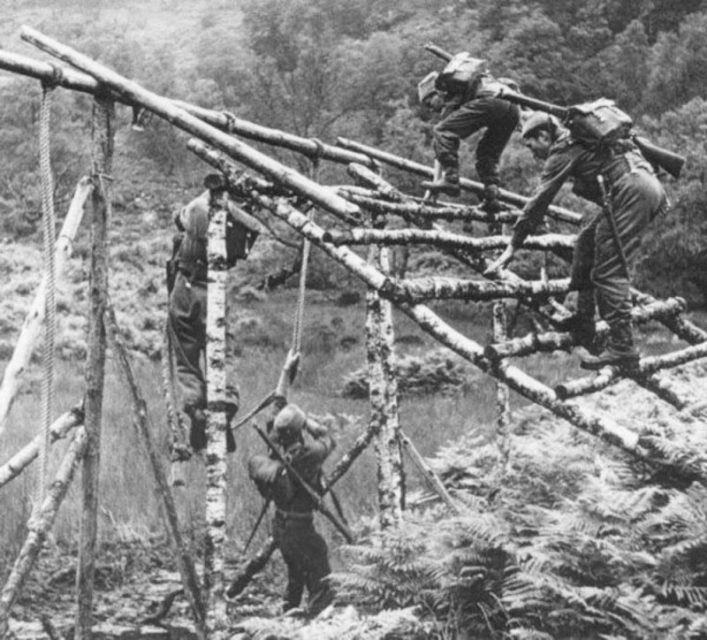
The British SAS
The British Special Air Service is the first modern Special Force in military history. It was originally an unorthodox idea of Lieutenant David Stirling, who felt that due to the mechanical nature of warfare there was a need for a small team of highly trained soldiers skillful in the art of surprise, and tougher than an entire platoon.
These specialists could invade enemy territories to extract intelligence, rescue captives, and perform other off-the-books operations while inflicting substantial damage behind enemy lines.
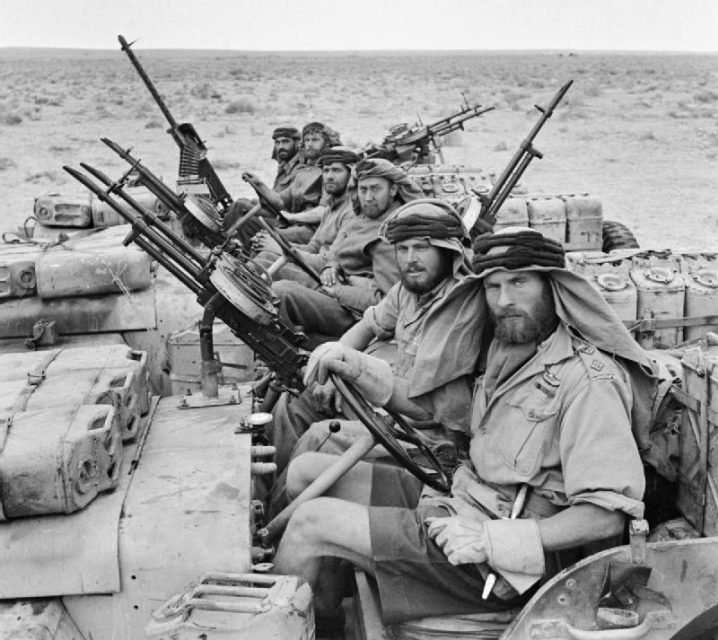
The SAS program involves a series of intense selection and testing routines, whereupon completion, successful members are awarded the Tan Beret and then enlisted for further specialist training. SAS selection is said to be one of the most grueling military training courses, with a fail rate of more than 90%.
Prospective agents are made to go through intense tests of physical strength, willpower, and endurance over the Brecon Beacons and Ellan Valley in Wales, and in the jungle of Belize for about six months. The program is run twice a year, irrespective of environmental conditions, and prospective soldiers are only allowed two attempts at joining.
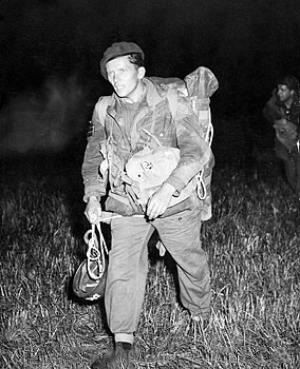
The SAS program is broken down into phases, including the briefing course, Aptitude phase, TTP (Tactics, Techniques, and Procedures), the SOP (Standard Operating Procedures) training phase, Employment training phase, and the SERE (Survive, Evade, Resist, Extract) challenge.
All participants are made to go through a series of increasingly tough exercises and tests while unsuitable candidates are weeded out at each stage. On completion of the first five stages, the Survive, Evade, Resist, Extract phase ensues.
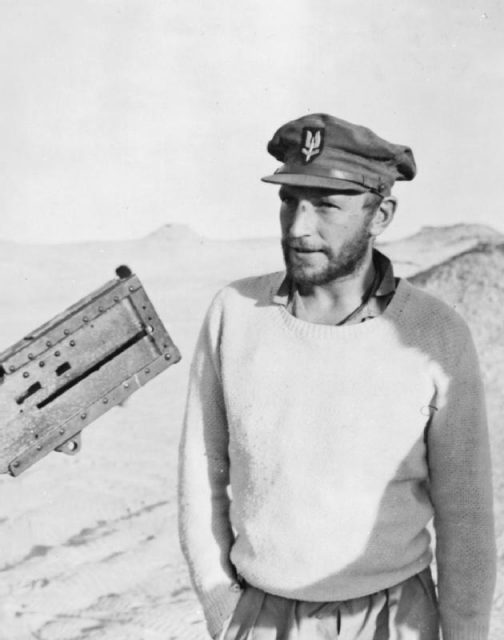
Here, the candidates are organized in small groups and made to wear uniforms and boots specially designed to restrict movement. Their task will be to evade capture by a designated Hunter Force, and also to resist interrogation for up to 36 gruesome hours of pressure and torture without giving out vital information. This will mark the end of the program after which successful candidates are badged and posted to the operational Sabre Squadron within the 22 SAS.
The British SAS have completed a number of successful ops, including the Sierra Leone Hostage Rescue (Operation Barras), Pebble Island mission, and the Iranian Embassy Siege (Operation Nimrod). They are famed for being highly professional and efficient. In fact, several other countries based their respective Special Forces structure on the SAS.
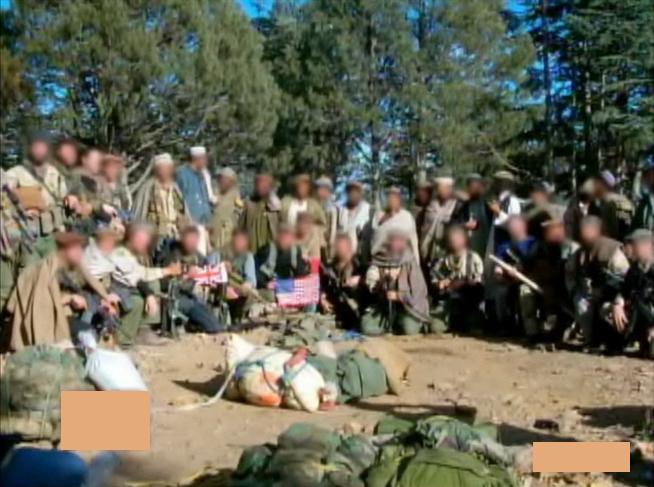
US Navy SEALs
Besides being officially called the US Navy SEALs, several aficionados have gone on to call them names like Frogmen, The Team, and The Men with Green Faces. Their various successes have inspired a number of Hollywood movies. This would surely go a bit more than a tenth of the way in describing how much the US SEALs have achieved over the years since their inception.
The US Navy Sea, Air, and Land Teams are a component of the Naval Special Warfare command, specially trained to function in all environments, although principally performing maritime duties that originate from and terminate at a sea, river, swamp, coastline or delta.
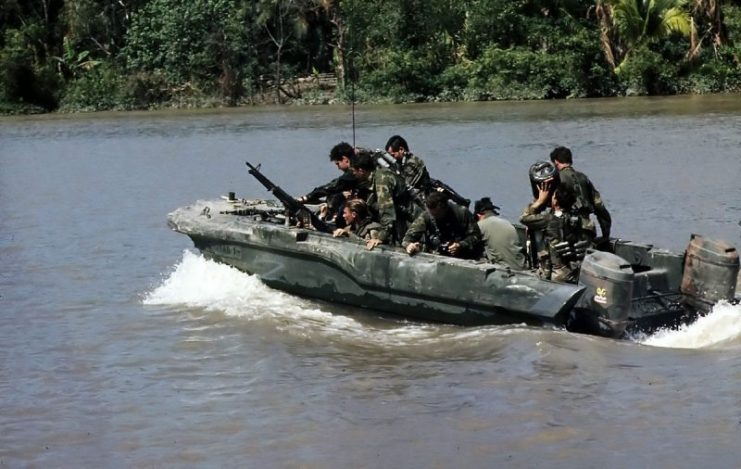
The role is basically centered on swift entry and exit missions. They get into enemy territory, gather intelligence, destroy targets, make rescues, among other things, all in a very short time frame. When SEALs aren’t deployed, they’re in constant training, learning new skills, and upgrading existing ones necessary to make the difference once they’re eventually deployed.
The SEAL training structure involves over a year with activities such as Naval Recruit Training, Naval Special Warfare Prep School, Basic Underwater Demolition/SEAL Training, Parachute Jump School, and SEAL Qualification Training (SQT).
Officially formed in 1st January 1992, the US SEAL program, just like the SAS and every other Special Forces program, involves a series of very arduous tests, and it is said that only 25% of trainees eventually make it through the training to become SEALs.
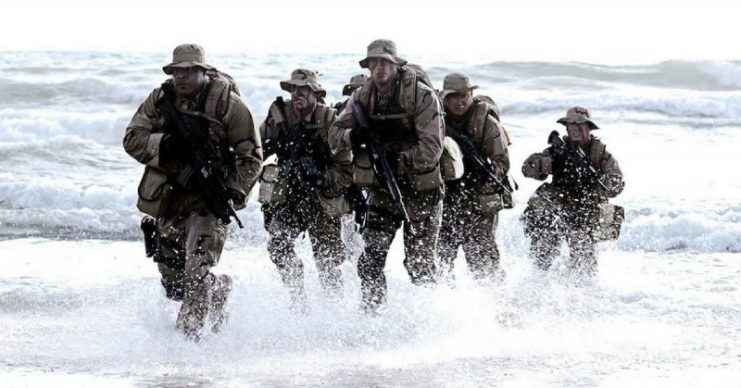
The selection process involves a medical screening, after which the prospective candidates are made to pass through some physical tests such as 500-yard swimming in 12 and half minutes, 50 push-ups in 2 minutes, 50 sit-ups in 2 minutes, and a 1.5 mile run in 10 and half minutes. To be fully ready for deployment, a trainee usually trains consistently for more than a year.
The US Navy SEALs have recorded several successes, which include the Somali Intervention, Afghanistan War, Death of Osama Bin Laden, and Operation Prime Chance (Iraq-Iran war). With 2,290 active-duty SEALs, the US Navy SEAL program continues to grow in strength, innovation, and relevance.
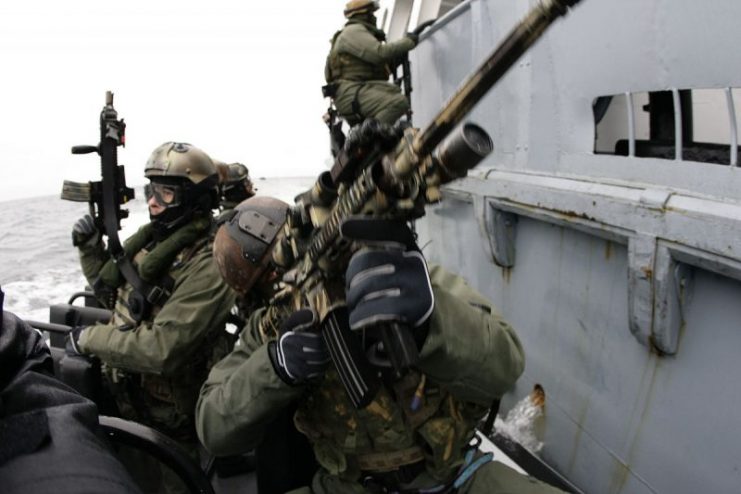
Russian Spetsnaz
Spetsnaz is a Russian expression for Special Purpose Force. Spetsnaz members are particularly known for their ability to withstand hellish torture while protecting valuable information. Their form of training is so extreme that it is deemed illegal in the U.S.
This group used to be so extremely secretive with their operations that Soviets almost knew nothing about their existence until the glasnost (openness) policy of Mikhail Gorbachev in the late 1980s brought about the revelation of many state secrets.
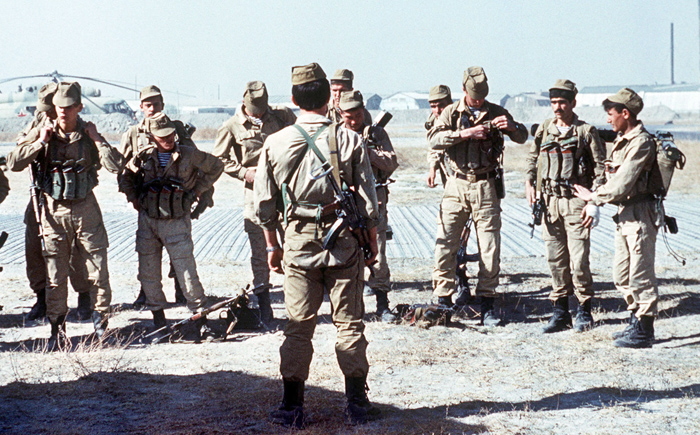
The G.R.U Spetsnaz have been described as one of the most formidable, renowned, and most respected special operations forces in the world. They’re the ultra-elite Special Forces of the Russian military and mostly operate in foreign territory, performing deep reconnaissance, diversionary attacks, and sabotage missions.
There are many other elite units in the Russian military, such as the SOBR and ODON units of the Ministry of Internal Affairs, the Alpha and Vympel Spetsnaz of the FSB, the 4 divisions and 8 brigades of the VDV, the Navy’s Spetsnaz units, the “Zaslon” unit of the SVR, etc., but the G.R.U Spetsnaz, some say, is the true Special Force of Russia.
Maybe this is because they are the first Special Forces’ unit in Russia, and every other military force in Russia had created their own Spetsnaz units based on the reputation of the G.R.U Spetsnaz.
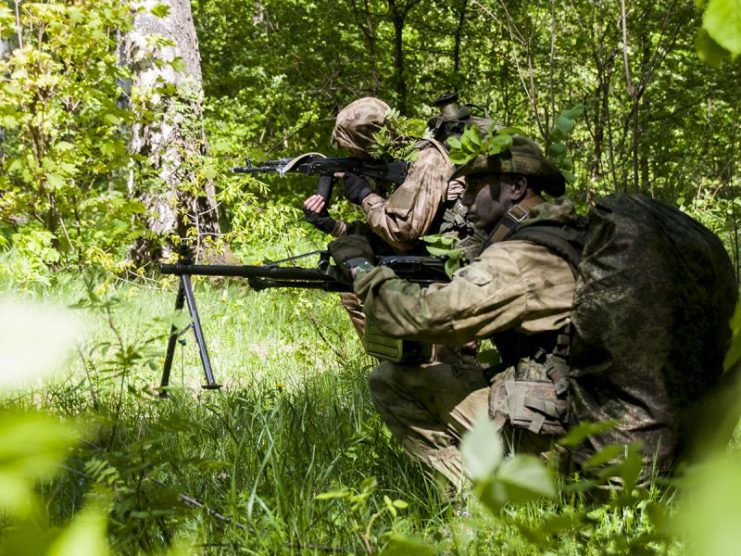
G.R.U. Spetsnaz agents are usually fluent in several languages, enabling them to fit into foreign territory more easily during their missions.
The Spetsnaz training program involves a basic orientation exercise where trainees become acquainted with basic military procedure, with an emphasis on marching and military drilling. Here, the trainee gets their first taste of discipline.
The failure rate is also very high in the Spetsnaz training program, but greater allowances are made for failure. The Spetsnaz models the Special Forces’ training on other countries with extra training programs inclined towards prisoner interrogation and assassination tactics.
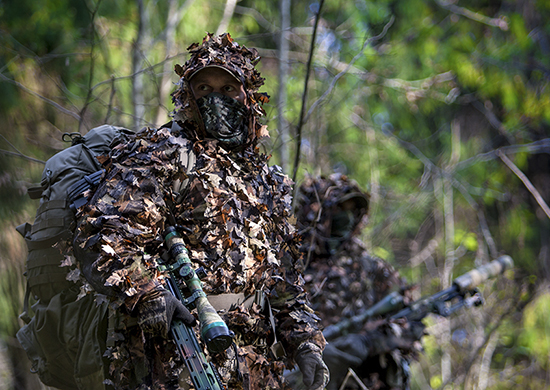
Israel’s Sayeret Maktal
The Sayeret Maktal is another highly respected Special Forces group. Alongside their principal role (which is deep reconnaissance), they are also tasked with counter-terrorism, hostage rescue, etc.
Since its inception, the highly secretive Sayeret has earned a reputation as the most effective counter-terrorism unit in the world, moving swiftly in and out of enemy territories, and striking like lightning.
In its early years, Sayeret fighters and commanders were usually handpicked based on physical and intellectual capabilities. Twice a year, like the SAS, it holds a Gibbush, an extremely arduous selection camp where candidates are put through a series of grueling tests for several days with no rest.
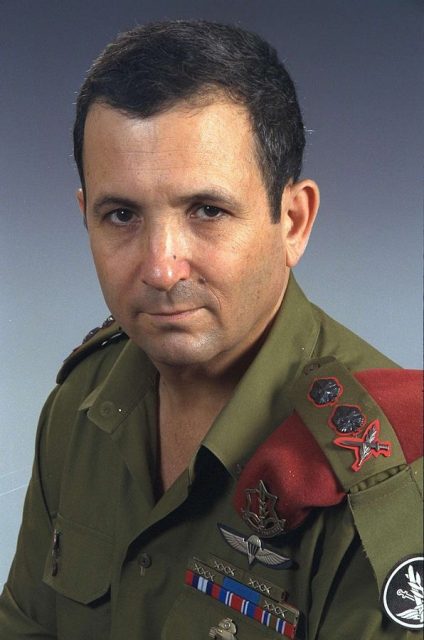
Successful candidates are then put through another 18-19 months of intense training in martial arts, arms, navigation, reconnaissance, and several other skills needed for success behind enemy lines. All through the training, trainees are constantly monitored by doctors and psychologists.
The Sayeret Maktal has completed a number of missions, including Operation Thunderbolt, which involved the rescue of about 103 Jewish hostages in Uganda, Operation Bramble Bush, and Operation Sharp and Smooth where a large weapons smuggling operation in Lebanon was disrupted, among several others.
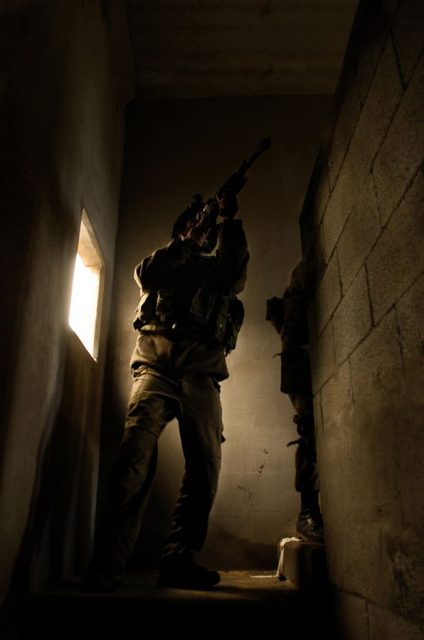
The French Commandos Marine
The Commandos Marine, also sometimes called the Beret Verts (Green Berets) is a special force unit of the French Navy. Established in 1942 during World War II, the Commandos Marine was mirrored on the British Commandos.
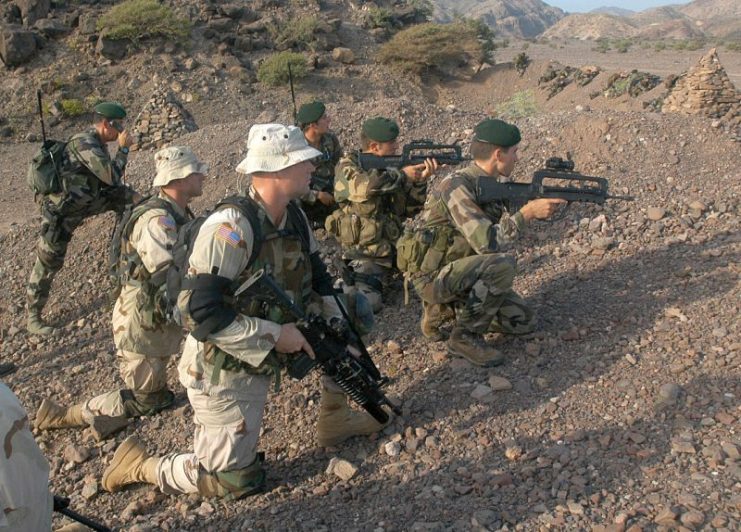
Usually, trainees are expected to have completed the Fusiliers-Marins Basic Training and served at least nine months of service. Then they are made to pass through the Stage Commando (commando based training).
The Stage Commando has been reputed by NATO to be among the toughest training courses in the world. The failure rate was as high as 82% as of 2016. The training lasts 20 weeks and includes commando testing and 2 weeks paratrooper training alongside the main SOF course.
During this period, trainees are advised to be highly fastidious as any mistake can instantly disqualify the candidate. At the end of the training, it is ascertained that qualified candidates possess the physical, intellectual, and psychological qualities needed to serve in the Commandos Marine.
